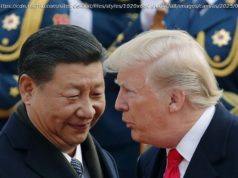EU nations change policy toward China
The first half of 2018 saw a mixed picture for foreign direct investments in Europe from China. While overall figures for Chinese FDI in Europe were down by almost a third compared to 2017, the value of Europe-bound Chinese investment now dwarfs comparable figures in the United States. Chinese FDI in Europe is now nine times greater than in the United States. The two main drivers behind this development are the Trump administration’s efforts to take China on economically and Beijing’s own attempts to impose tighter capital controls. Nevertheless, these developments have also given rise to new debates in Europe surrounding Chinese economic influence.
At the root of European scrutiny of Chinese investments is a concern that these are not guided solely by business imperatives but are rather part of a concerted state-driven strategy. The predilection of Chinese investors for European companies with specialized technology has stoked fears that their purchases are really aimed at siphoning European know-how and at squeezing Western companies out of key industries as part of the “Made in China 2025” initiative. Another concern is the possibility of unwitting transfers of cutting edge or dual-use technologies. Compounding these other issues is the question of reciprocity for European companies in China. However, despite new measures to scrutinize Chinese investments, Europe still remains an attractive destination for Chinese investors, especially when compared to the United States.
The fact that several European countries are moving to impose restrictions on Chinese investments is noteworthy and represents a major change from just a few years ago. Yet, internal disagreements within Europe on how to approach FDI remains an impediment. Efforts to promote a common EU approach toward China must therefore be a priority. Ultimately, any European initiative will also need to be coordinated with other players such as the United States and Japan in order to be effective.
Read more






